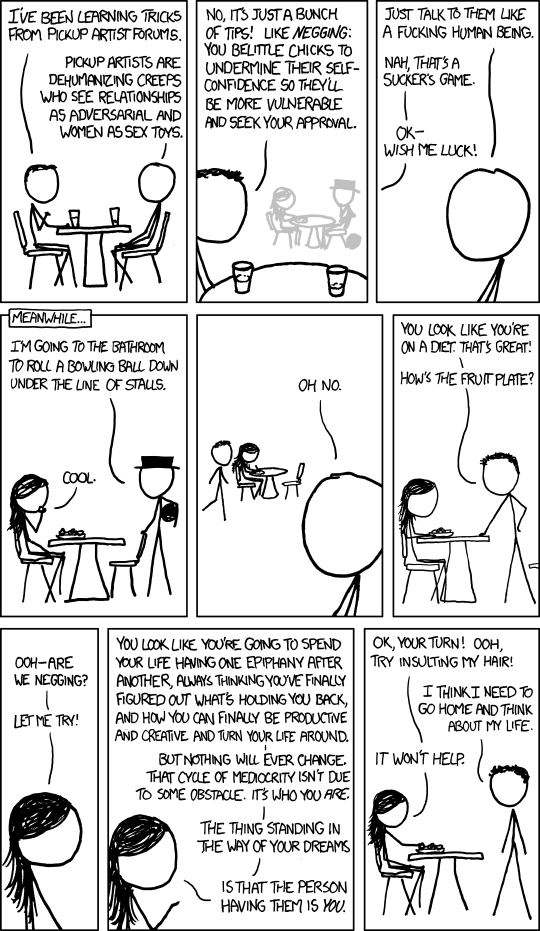It also makes me miss having a porch. Sitting on the porch, watching the people amble by, dogs and babies in tow, in inextricably linked to my idea of a relaxing summer evening. One of the best things about living in an old brownstone is having a porch, and trading that for the modern backyard seems a poor bargain, especially in urban areas where green spaces are already limited.
Also, the main thing that I've noticed about porches instead of backyards, is that porches and people using the porches tend to promote a safer walking space for pedestrians. Research seems to back that up, but in a different way
"Five years after the program started, the Police Foundation, in Washington, D.C., published an evaluation of the foot-patrol project. Based on its analysis of a carefully controlled experiment carried out chiefly in Newark, the foundation concluded, to the surprise of hardly anyone, that foot patrol had not reduced crime rates. But residents of the foot patrolled neighborhoods seemed to feel more secure than persons in other areas, tended to believe that crime had been reduced, and seemed to take fewer steps to protect themselves from crime (staying at home with the doors locked, for example). Moreover, citizens in the foot-patrol areas had a more favorable opinion of the police than did those living elsewhere. And officers walking beats had higher morale, greater job satisfaction, and a more favorable attitude toward citizens in their neighborhoods than did officers assigned to patrol cars."
Via The Atlantic, Broken Windows]
Urban areas are always faced with the challenges of maintaining a sense of security in a dense, populated region. One of the worst side effects of the warm weather, is that for the first few days, crime skyrockets. Yet, this article makes a lot of sense. When you see other people on the street, you are more likely to be out on the street yourself, and knowing that a policeman regularly walks the beat and knows the neighborhood, makes the neighborhood feel safer. If you called for help, someone would see and respond. This is something that I appreciate as a pedestrian - walking in an area where I am not the only person on the street.
Others claim that removing lead from the gasoline and housing is what caused the safety of urban neighborhoods:
Nevin acknowledges that crime rates are rising in some parts of the United States after years of decline, but he points out that crime is falling in other places and is still low overall by historical measures. Also, the biggest reductions in lead poisoning took place by the mid-1980s, which may explain why reductions in crime might have tapered off by 2005. Lastly, he argues that older, recidivist offenders -- who were exposed to lead as toddlers three or four decades ago -- are increasingly accounting for much of the violent crime.[Via The Washington Post]
Nevin's finding may even account for phenomena he did not set out to address. His theory addresses why rates of violent crime among black adolescents from inner-city neighborhoods have declined faster than the overall crime rate -- lead amelioration programs had the biggest impact on the urban poor. Children in inner-city neighborhoods were the ones most likely to be poisoned by lead, because they were more likely to live in substandard housing that had lead paint and because public housing projects were often situated near highways.
Chicago's Robert Taylor Homes, for example, were built over the Dan Ryan Expressway, with 150,000 cars going by each day. Eighteen years after the project opened in 1962, one study found that its residents were 22 times more likely to be murderers than people living elsewhere in Chicago.
Nevin's finding implies a double tragedy for America's inner cities: Thousands of children in these neighborhoods were poisoned by lead in the first three quarters of the last century. Large numbers of them then became the targets, in the last quarter, of Giuliani-style law enforcement policies.
Whether its less lead or more cops walking the beat, I can support a safer urban environment.


